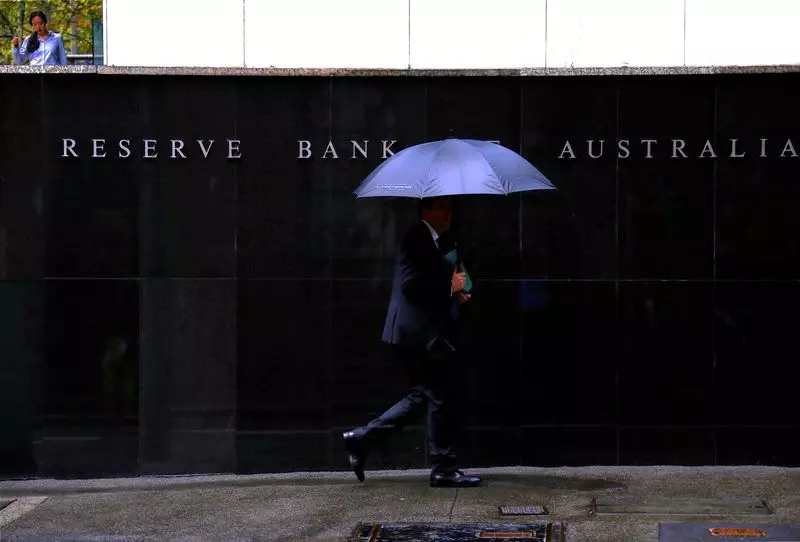The banking policies set forth by a nation’s central bank significantly shape its economic environment. In Australia, the Reserve Bank of Australia (RBA) is currently facing a pivotal moment as it grapples with the balance between sustaining economic growth and managing the risks associated with persistent inflation. Recent data indicates that Australia’s key interest rate will remain at 4.35% for the foreseeable future, highlighting a cautious but necessary strategy in response to an evolving economic backdrop.
Consumer price inflation in Australia has recently registered at 2.8%, falling within the RBA’s targeted range of 2-3% for the first time in three years. However, this measure of inflation, while encouraging, belies a more complex reality beneath the surface. Core inflation, which strips away volatile prices such as food and energy, remains elevated. The RBA’s previous tightening cycle, which saw an increase of 425 basis points, was executed with the dual purpose of managing inflation and nurturing job growth. This careful approach underscores the central bank’s mandate to support the labor market, which has exhibited resilience with unemployment hovering between 4.0% and 4.2% since April.
Comparative Policy Stance Among Central Banks
In the context of global monetary policy, the RBA’s approach stands out. While many central banks, especially in developed economies, have enacted aggressive rate hikes, the RBA’s more measured increases reflect a strategic choice to prioritize employment over rapid inflation control. This divergence may lead to a slower unwinding of policy compared to their international counterparts, particularly those in Asia who are navigating similar challenges.
A recent Reuters poll confirms that all economists surveyed expect the RBA to maintain its key cash rate at 4.35% during its upcoming meetings, particularly the two-day policy meeting starting on November 5. The consensus among major banks in Australia—ANZ, CBA, NAB, and Westpac—adds further credence to this expectation, suggesting stability rather than sudden shifts in monetary policy.
As economic observers peer into the future, many anticipate that the RBA will remain on hold well into 2024. Craig Vardy, head of fixed income at BlackRock Australasia, remarked on the likelihood of the RBA characterizing its outlook from a hawkish stance to a more balanced approach, reflecting the need to carefully assess inflation trends before any possible rate cuts are considered.
Interestingly, while the current stance suggests no imminent changes to interest rates, forecasts indicate that several cuts could commence in early 2025. In a landscape where nearly 70% of economists project a reduction in rates, speculation is rife about the RBA lowering the cash rate by 25 basis points to 4.10% in February 2025. This stands in stark contrast to the U.S. Federal Reserve’s anticipated more aggressive easing trajectory.
Despite the optimistic forecasts regarding potential rate cuts, it is imperative to understand the underlying economic conditions fueling these predictions. Economists from firms like AMP suggest that core inflation may remain stubbornly above the RBA’s comfort zone, with normalization not expected until late Q3. This presents a significant hurdle: the path to reduced rates will likely be contingent upon observable shifts in the inflation trajectory, coupled with a stable economic environment that avoids recessionary pressures.
Ultimately, Australia’s economic outlook reveals a central bank that is tasked with navigating complex dynamics and making measured decisions. The anticipated slow pace of interest rate cuts signifies a delicate balancing act between fostering sustainable growth and curbing inflation, underscoring the challenges that lie ahead for the RBA and the broader Australian economy.

